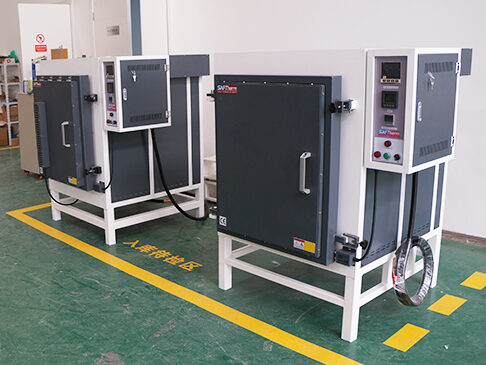
Box furnaces are ubiquitous heat treatment components in laboratory and industrial facilities. They are widely available in floor standing and benchtop variations and are routinely used to treat single products, or individual batches, at temperatures exceeding 1200°C (2192°F). Ceramic insulation is subsequently used to improve thermal uniformity throughout the processing chamber. This offers the added benefit of limiting heat propagation through the chamber walls, which could be damaging to sensitive components.
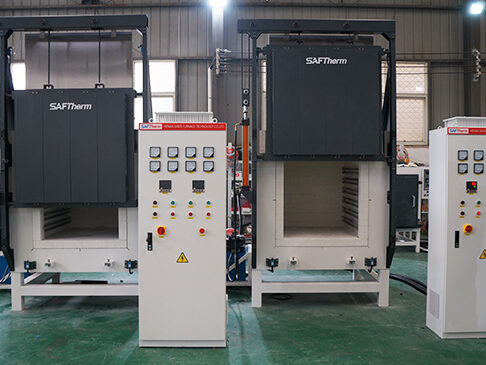
When you are looking to buy new industrial-grade heat treatment equipment you will likely come across the terms industrial kiln, oven, and furnace. At the superficial level, these can be used synonymously. But as you get closer to the purchasing stage you will start to notice distinct commonalities and differences between these three over-generalized definitions. For example: An industrial kiln and furnace with similar specifications can be distinguished from one another purely on their intended area of application.
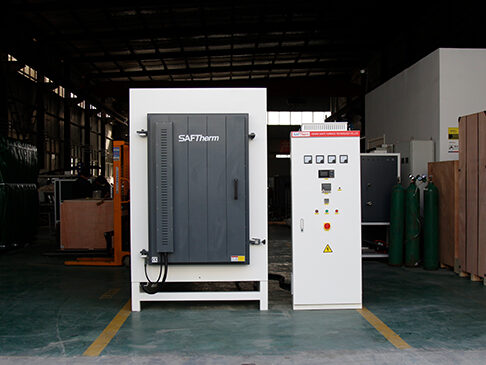
Muffle furnaces find a wide array of applications in materials testing and research, owing to their versatility in handling different temperature-controlled processes. Some of the key applications include:
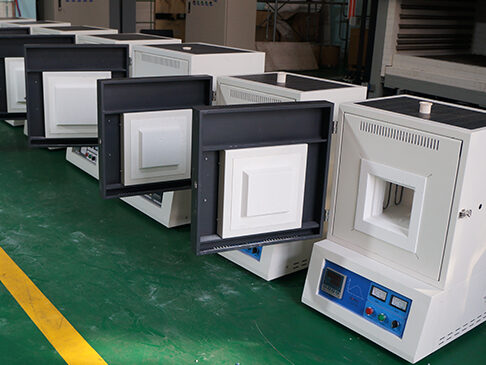
muffle furnace uses in laboratory Preheating Always preheats the muffle furnace to the desired temperature before placing the samples inside. Preheating ensures temperature uniformity throughout the chamber and prevents sudden temperature changes that may affect the sample.
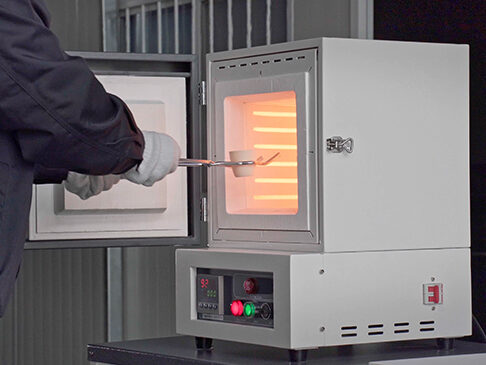
muffle furnace uses in laboratory Preheating Always preheats the muffle furnace to the desired temperature before placing the samples inside. Preheating ensures temperature uniformity throughout the chamber and prevents sudden temperature changes that may affect the sample.
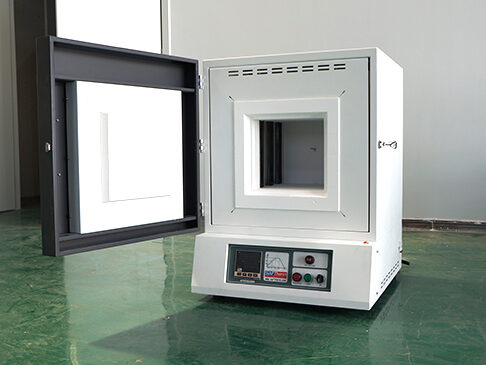
How to Set Temperature in Muffle Furnace?
A muffle furnace is a versatile and important equipment used in a variety of scientific and commercial applications, including materials testing, heat treatment, ash determination, and others. One of the most important components of running a muffle furnace is precisely establishing and controlling the temperature. Understanding how to set the temperature in a muffle furnace is critical for attaining accurate and consistent results, whether you’re a seasoned specialist or a newbie to this equipment. This article will walk you through the process of setting the temperature in a muffle furnace step by step to ensure optimal performance and precise thermal treatment.
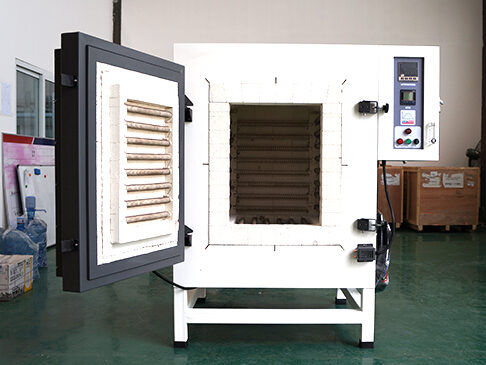
High Temperature Heating Element Materials for Industrial Furnaces
A heating element is used to convert electricity into heat, and within an industrial furnace, there are various materials that can be used. Typically, iron-chrome aluminum or nickel chrome alloys are used in furnaces, and the standard shapes are cylindrical, semi-circular, or flat panels. This blog post will look at the other different types of materials that can be used as high-temperature heating elements.

Vertical Tube Furnaces
Definition and Design: Vertical tube furnaces are characterized by their vertically oriented heating chamber or tube. Inside the tube, the sample or material to be heated is placed and subjected to the desired temperature. These furnaces feature a heating element surrounding the tube, facilitating efficient heat transfer and ensuring uniform temperature distribution along the sample’s length.
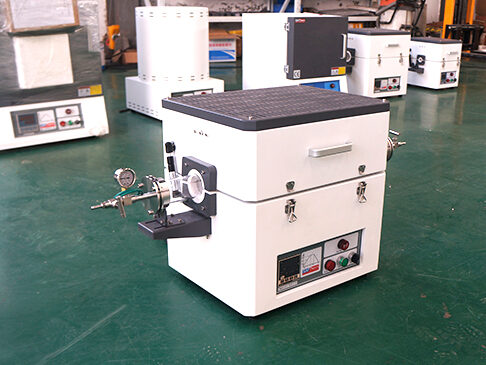
Tube furnaces are usually operated with work tubes made from either a ceramic material such as mullite or recrystallized alumina (RCA), quartz glass, or metals, such as stainless steel or Inconel. It is vital that the work tube material is suitable for the desired application. It must be capable of withstanding the maximum operating temperature, and have appropriate chemical resistance to prevent unwanted reactions with sample materials.
Submit Request